After I’ve designed an outdoor room, the perfect finishing touches are the heaters, lights and screens. When I’m specifying heaters the first thing I try to determine for my client is: how much heat will they need and where?
Typically, the dining area is a great place to heat since you and your guests will be sitting, talking, eating and drinking for a while in the same location. I like two heaters in this area to cover each end of the dining table.
A heater above your kitchen bar where guests will be seated on bar stools is another great area to heat. I usually find it unnecessary to “heat the cook” by placing a heater by the grill side- so skip this area.
The third area which I sometimes heat is for guests near the fire pit. I know that sounds like overkill, but depending on the BTU’s of your fire pit, you may wish to add additional heat if you live in a cold climate or if your body temperature tends to run on the colder side.
Now after I’ve identified what areas to place the heaters, I need to spec the heater itself. Luckily, each manufacturer provides heating charts that help you understand at a glance what the coverage is per unit based on the spacing and height. Most arbors I design are 9-10 feet tall so I look for coverage based on the arbor size and furniture placement.
Many clients ask me if they should do gas or electric. That’s a great question! If you have the electric capacity at your circuit panel, then clients like electric. It’s typically less expensive for the heater itself and can be easily installed by an electrician with simple wiring. Gas on the other hand will need to be installed by a gas plumber with thick metal conduit which can sometimes be hard to hide depending on the arbor design. Gas heaters while more expensive tend to be warmer too. So, way out all options and talk to your landscape contractor/designer (or electrician/plumber) about which unit might be best for your unique situation.
Once your heater is selected and you’ve identified how it will be mounted (wall or ceiling), the next step is to figure out your controller. Most controllers are remote controlled or switched (at the arbor post). You can usually choose from a simple on and off switch or a dimmer control which can heat from “0% to 100%, with 4 preset heat levels set at 100%, 75%, 50% and 25%.”
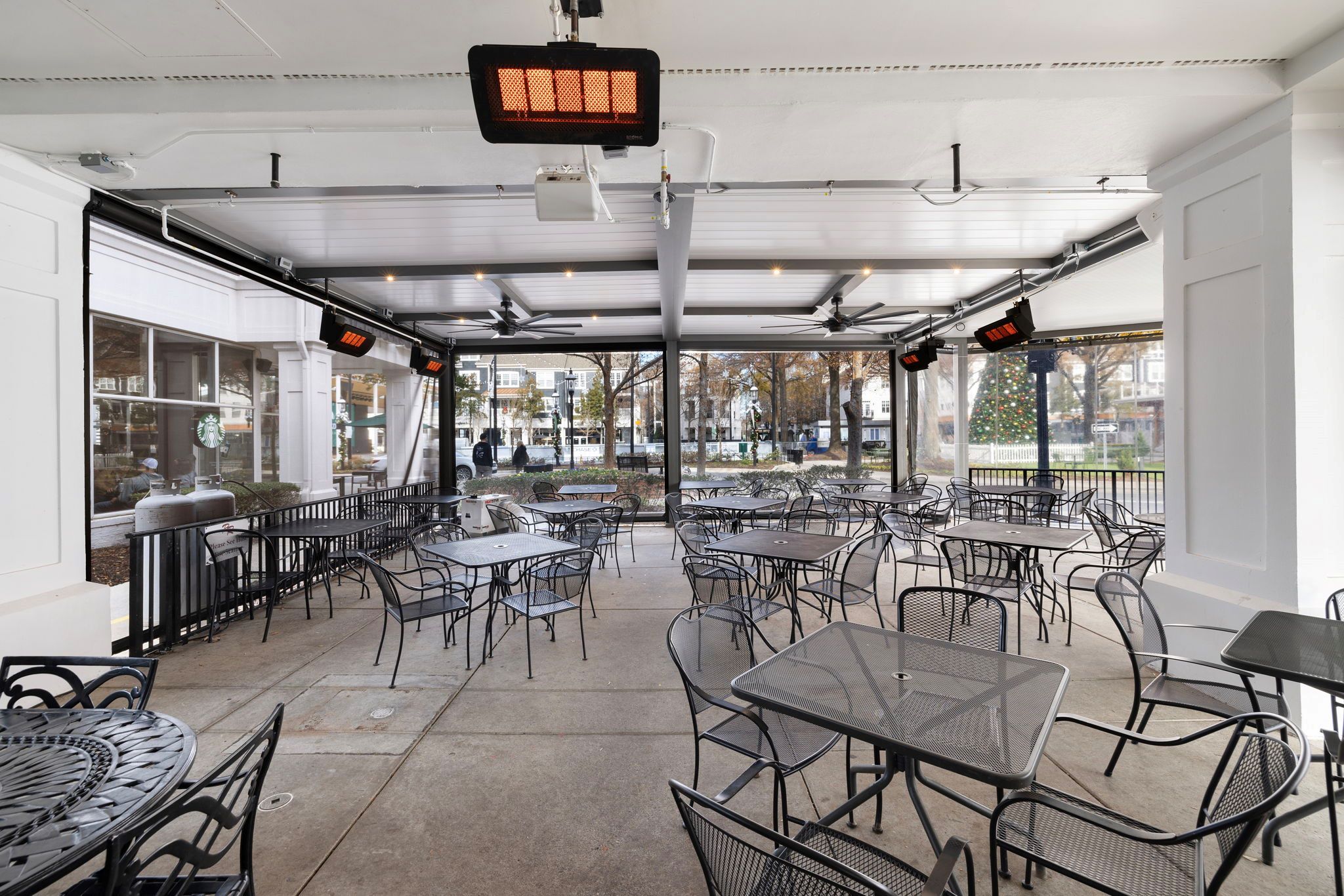

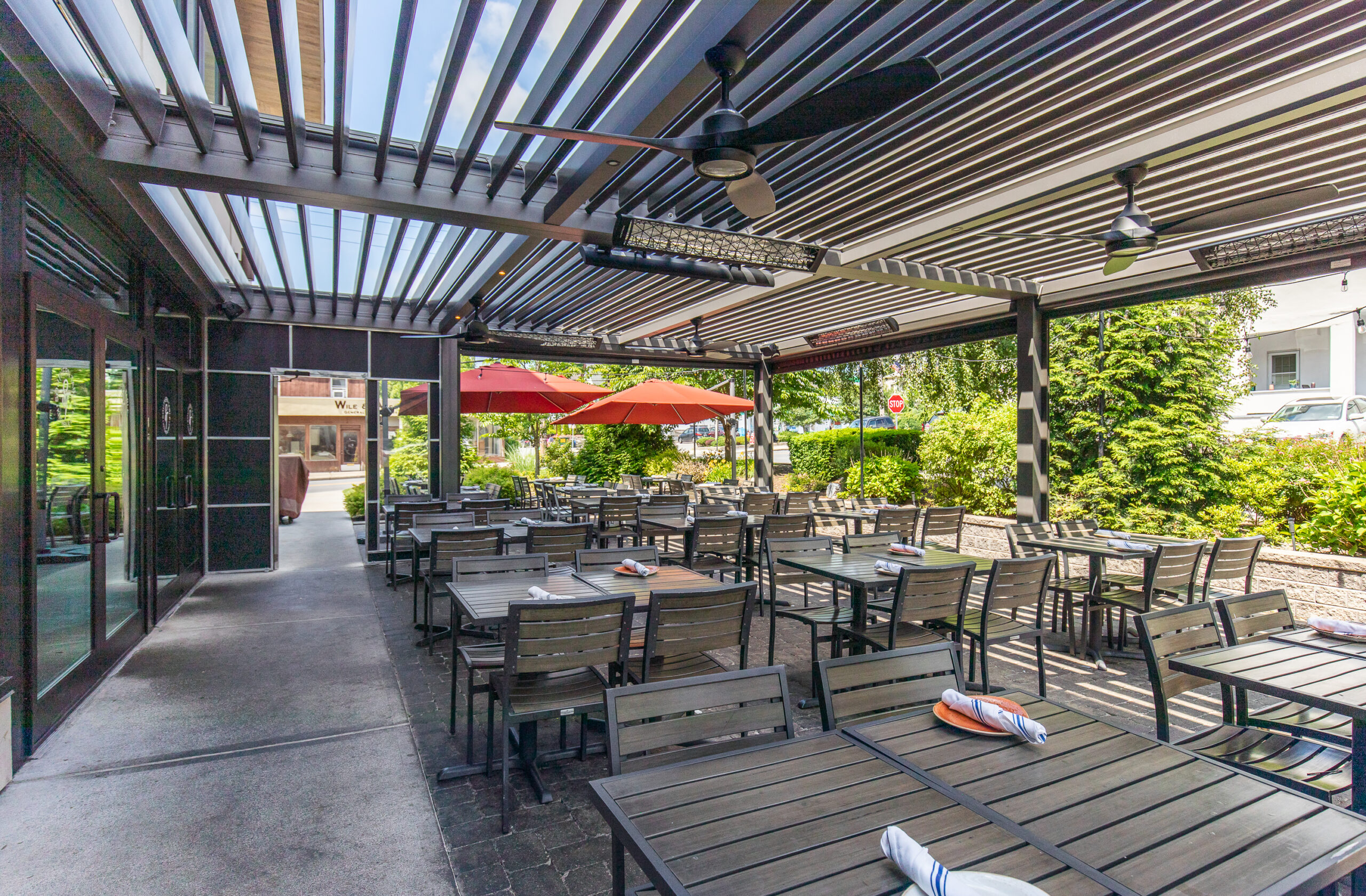
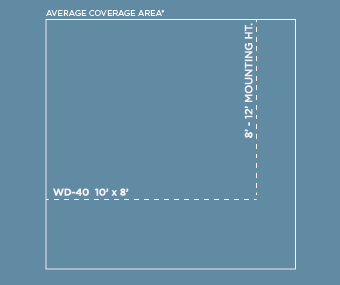
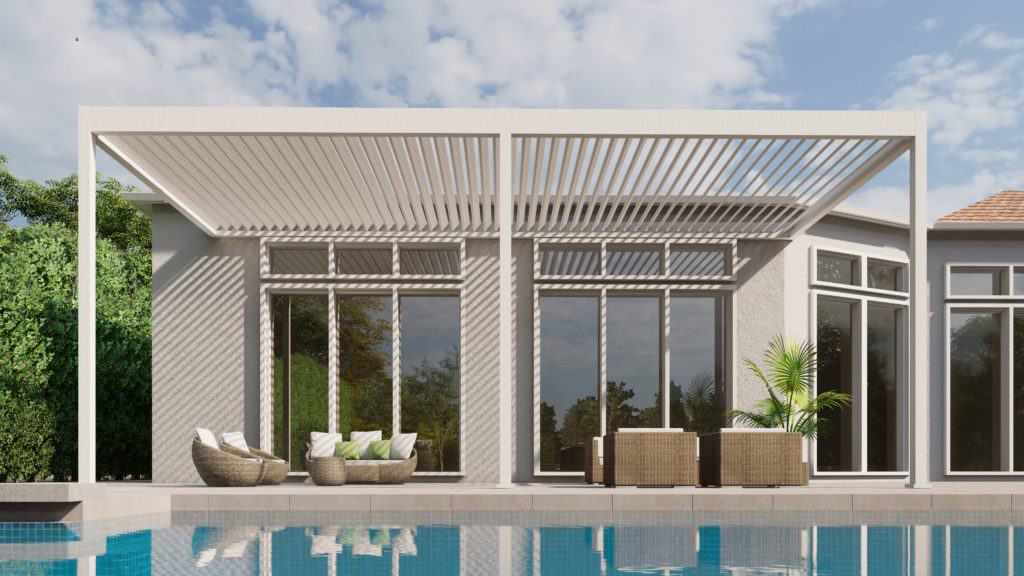
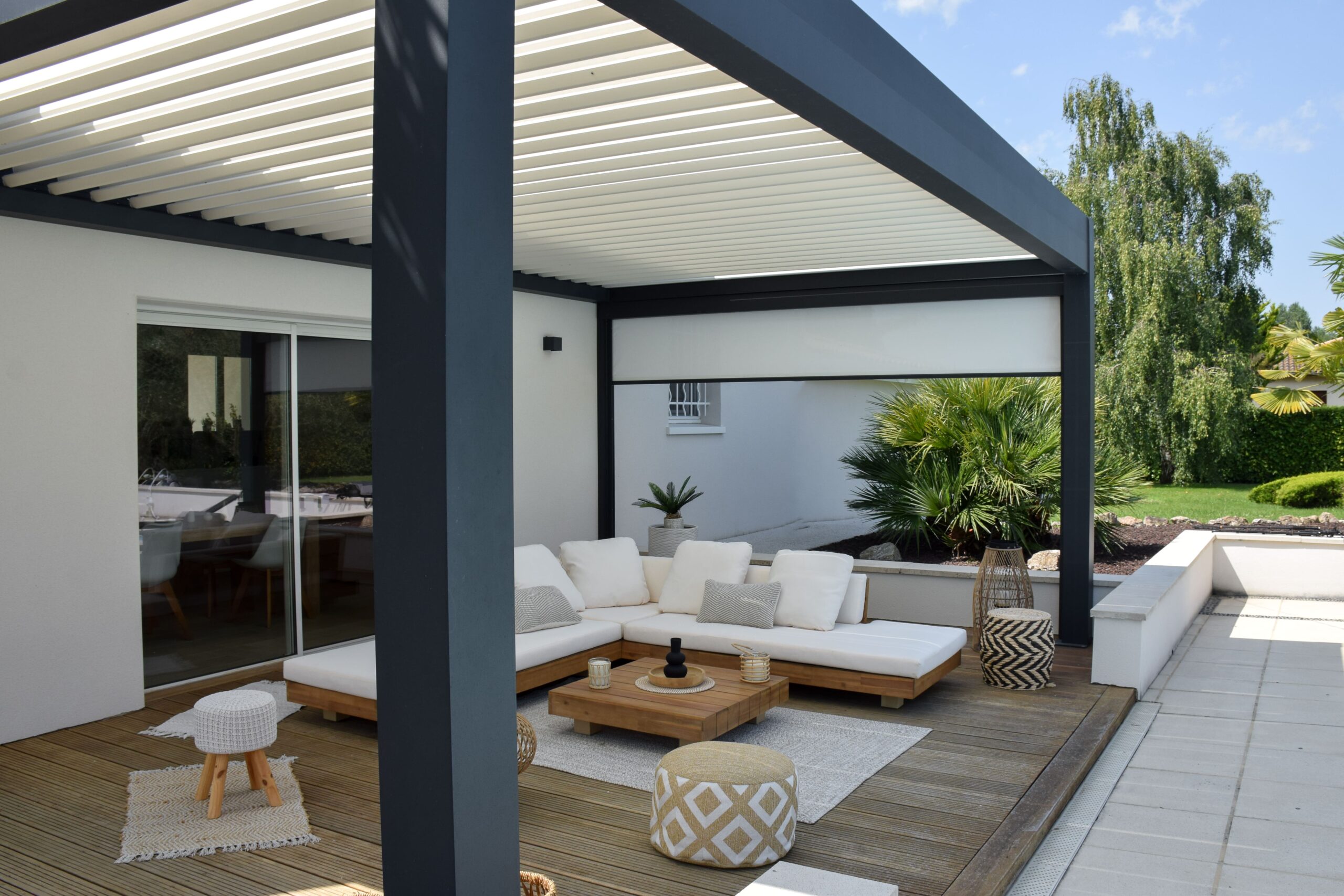
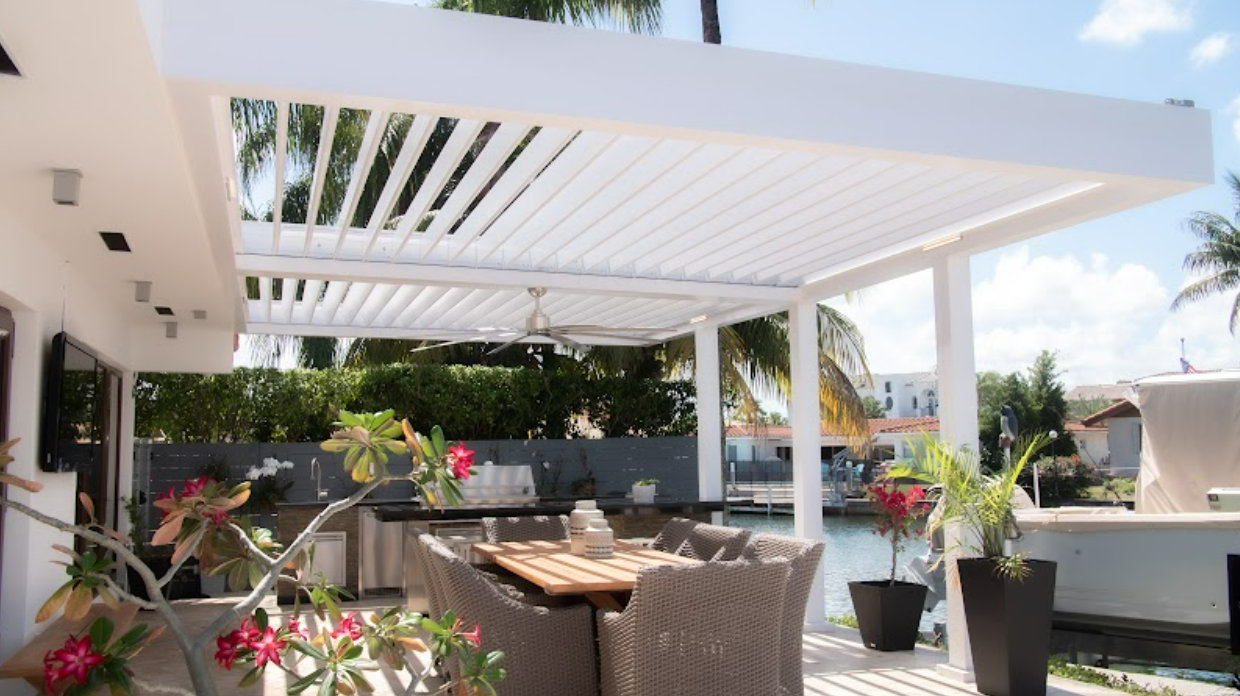



Leave A Comment